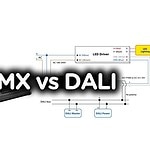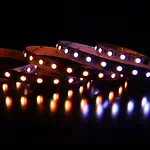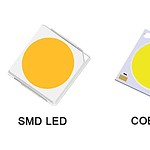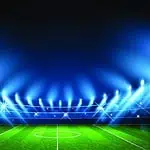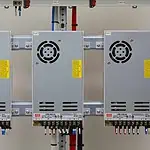Direct and Indirect lighting are the most popular lighting schemes. But your lighting plan will only go right with proper knowledge about them. So, before working on any light project, know the differences between- Direct Lighting Vs. Indirect Lighting.
Direct lighting emits light rays to focus a particular object/direction. As a result, they create hotspots and uneven lighting. Meanwhile, indirect lighting diffuses lights to illuminate a vast area. And so, they form smooth and even lighting.
Continue reading to learn more about their differences and decide which one is better-
What Is Direct Lighting?
Direct lighting is when a light source illuminates, concentrating in a specific direction. Such lighting is used to highlight a small area. Here, the rays of light fall in a downward direction, creating a hotspot at the center. For example- the lighting of a desk lamp.
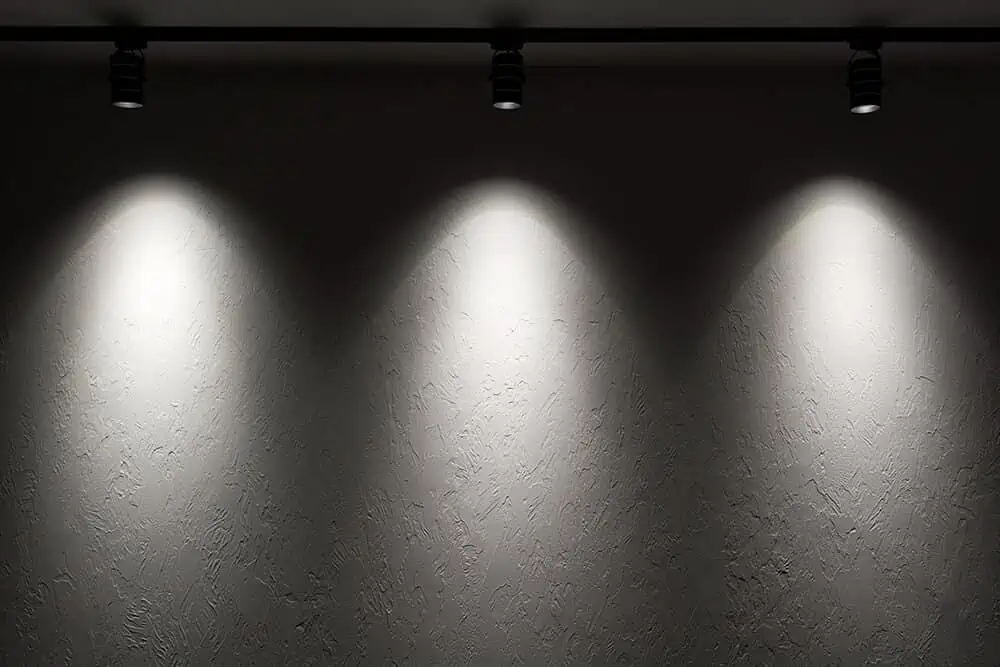
What Is Indirect Lighting?
In indirect lighting, the light source emits its ray in an upper direction to illuminate a wide space. In such light, the light diffuses instead of focusing on a particular area. Thus, it gives smooth lighting to the entire room.
Another feature of such lighting is that it doesn’t get to your eyes from the source. Instead, it reflects the ceiling/ground and spreads throughout the room.
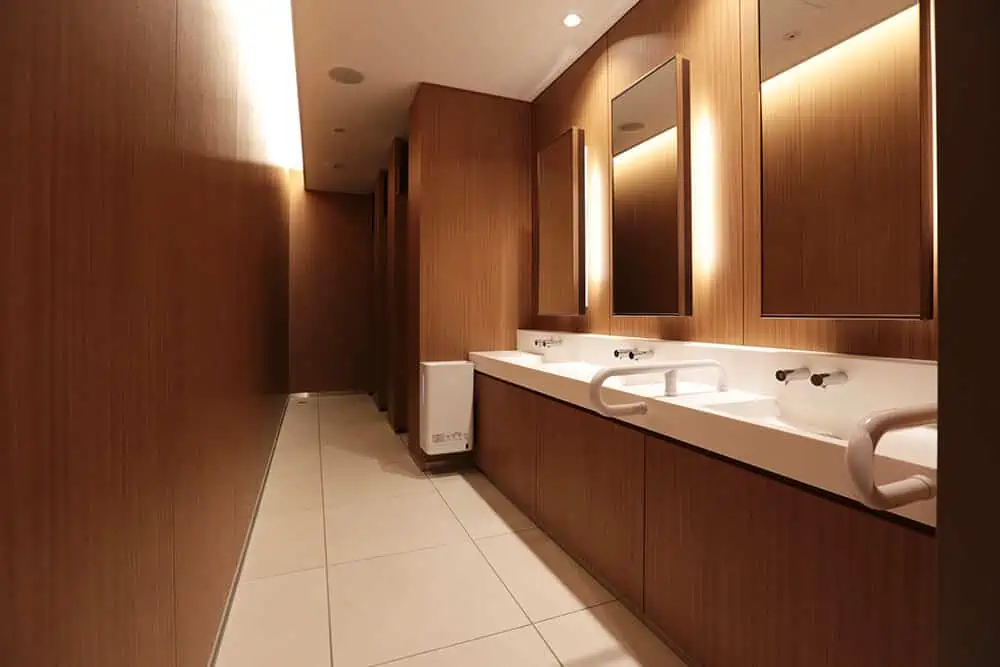
What Are The Differences Between Direct Lighting and Indirect Lighting?
Direct and indirect lighting has many dissimilarities to discuss. So, the differences between these lightings are as follows-
| Direct Lighting | Indirect Lighting |
| Direct lighting illuminates a particular object or area. | Indirect lights diffuse to lighten a large area. |
| The maximum (up to 90%) light is directed downward in direct lighting. | Maximum (up 90%) light is directed upwards in indirect lightning. |
| Direct lighting creates a hotspot. | Hotspots are not created in indirect lighting. |
| Scattered and uneven light rays are produced in direct light rays. | Indirect lighting provides parallel and even lighting rays. |
| This type of lighting is more concentrated. | Such lighting is less concentrated. |
| Direct lighting gives a warm appearance. | These lightings give a cool vibe. |
| In direct lighting, the light source is visible. | The light source remains hidden in indirect lighting. |
| The shape of the direct light source is curved. | An indirect light source is flat in shape. |
| The lower hemisphere of the direct light source emits most of the lighting. | The lower hemisphere of indirect light emits only 10% of lighting. But, most of the light is emitted from the upper hemisphere of the light source. |
| Detailing is not impressive, especially on fabric or skin. | They provide detailing with natural looks. |
| Direct lighting is cheap and available everywhere. | This lighting is expensive. |
| Studio-like, fake appearance is visible in direct lighting. | Indirect lighting gives natural and sunlight effects. |
| Examples of Direct Lighting – bulbs, spotlights, desk lamps, etc. | Examples of Indirect Lighting – LED strips, wall washers, recessed lights, etc. |
| Uses:HouseOffice Industry Street Outdoors | Uses: Conventional hallHotelsCinema hallsInterior decoration |
Pros Of Direct Lighting
The direct lighting approaches a straight object. Such lighting has particular uses as it brings many benefits. These are as follows-

Focus
The primary purpose of using direct lighting is to focus on a particular object. For example – a table lamp, focus the light towards your reading area.
Highlight
Direct light creates hotspots in a fixed direction to grab your attention towards it. They are used at museums, exhibitions, or showrooms to highlight structures or products.
Safety
Direct lighting is fantastic for lighting risky and dark areas like – stairs or roads. They lighten up these areas to ensure safety.
Aesthetic
Placing a direct light on your interior gives your decoration an aesthetic look. Besides, it creates shadow effects to provide the walls with an attractive appeal.
Cons Of Direct Lighting
Besides advantages, direct light also has some drawbacks. These are-
- Creates hash shadow
- Causes reflection on the screen
- Glares, causing stress to the eyes
- Uneven lighting
- The ceiling area remains dark as most of the light directs downward
Pros Of Indirect Lighting
Indirect lighting is widely used for interior and exterior decorations. Let’s discuss the benefits of this type of lighting-
Illusion Of Vastness
The light source in indirect lighting remains hidden. And so, it gives an illusion of vastness. You can’t see the lights but can enjoy the illumination. So using them, you can make your space feel spacious and more extensive.
Reduce Glare
Indirect lighting doesn’t create hotspots in a specific area. Instead, light spreads evenly to the surroundings. So they reduce glaring and do not cause harm to your eyes. These lights’ inability to reflect on the screen is an additional benefit. So, indirect lighting is ideal for rooms with tv, computers, and other screens.
Soothing Effect
Indirect lights fall evenly in all directions, which gives a smooth lighting and calm vibe. So you can use them in your bedroom, dining area, kitchen, or bathroom. They are also ideal for creating a relaxing mood in the spa, salon, or commercial spaces.
Highlights Structures
Indirect lightings are great for highlighting unique structures. For example- install them on your furniture or wall textures. They are also great for highlighting automobiles and marines. So they are great for both interior and exterior lighting.
Cons Of Indirect Lighting
There are some drawbacks to consider for indirect lighting. These are as follows-
- Not bright enough
- The whole room seems dark if used only on the ceiling
- Poor visibility
Therefore, before going for direct or indirect lighting, you should consider these pros and cons mentioned above.
When to Use Direct & Indirect Lighting
Direct light is to be used when you need to focus on a small portion of the area. Meanwhile, indirect lighting is used for lighting up ample space. To make the concept clear, go through the uses of these two lighting-
Direct Lighting – Uses
Some of the most common use of direct lights are as follows-
Home & Office
Direct lights are used for work at home and office. For example- you can set direct lighting at the corner of a bookshelf or on the top of your dining table. Again direct lighting is great to hang over the office’s conference table.
Work/Study Table
The table lamp on your study table is the most common use of direct lighting. While reading your book or working at your desk, such lights illuminate the area for easy visibility.
Kitchen
Direct lights are used over the working station of the kitchen. So you can chop and process the food in sufficient lighting. Further, you can use them over the sink area of your kitchen for convenient dishwashing.
Museum & Art Gallery
Museums and art galleries exhibit various historical pieces, sculptures, and artworks. And in doing so, direct lighting plays a significant role! The hanging lights fall directly to the specific artwork/sculpture and highlight it to the visitors.
Street Lights
You must have observed the lights on the street or rail track lights. These lights focusing downward are perfect examples of direct lighting. They glow up a particular area of the street. Thus, direct lighting helps to walk around the streets at night without worrying about darkness.
For Decoration
Besides lighting functions, direct lights also look fantastic as decorative pieces. You can hang a natural glow to any part of your house/office to give it an aesthetic look. They are also used in restaurants and hotels for this exact purpose.
Indirect Lighting – Uses
Indirect lights are getting more popular day by day. It could be home, office, or outdoor lighting; indirect lighting is in great demand! Here I’ve highlighted some everyday use of indirect lighting-
Ceiling & Wall Lighting
In lighting the ceiling of your house/office, indirect lights are your best choice. They give a modern and calm approach to your area. In such lighting, indirect lighting is set around a false ceiling. For example- you can get flexible LED strips or LED neon strips to light up the top. They illuminate to give your room attractive lighting.
Kitchen Cabinet
Glow your kitchen by adding indirect lighting to it! For example, use LED strips under and above the cabinets to highlight their designs. Besides, lighting under the cabinet allows working with sufficient lighting.
More information, you can read How To Choose the LED Strip Lights For Kitchen Cabinets.
Bathroom
Indirect lights are ideal for placing around the ceiling, mirror, or bathtub rims of your bathroom. In this case, waterproof LED flex stipes by LEDYi can help you!
Automobiles & Marines
You can add indirect lighting on automobiles using flexible LED strips. Place them under your car, on the headlights, or beneath the seats. Aside from these, indirect lighting is excellent for decorating boats/ships.
Hotel & Restaurants
The interior and exterior outlooks of hotels and restaurants must be top-notch to attract customers. And appealing decorations using indirect lighting will assist you in increasing engagement.
Architectural Designs
Indirect lighting highlights the exterior and interior structure of buildings. For example – use them on the building facade and around the window. Besides, you can use them on stairs as accent lights.
How To Use Direct & Indirect Lighting Together?
Using direct lighting, you can brighten up a specific spot. On the other hand, indirect lighting illuminates the whole area but has poor visibility.
So, to come up with the best light setting, you should combine direct and indirect lighting. But how’s that? Doing so is quite simple.
Suppose, in lighting your kitchen, use indirect lighting on the cabinets. It will light up the whole kitchen giving it a cozy look. But install a direct light above your workstation. By doing so, you won’t face the insufficiency of light during work.
This way, you can use indirect lighting to illuminate a large area. And for highlighting particular or working spaces, use direct lighting.
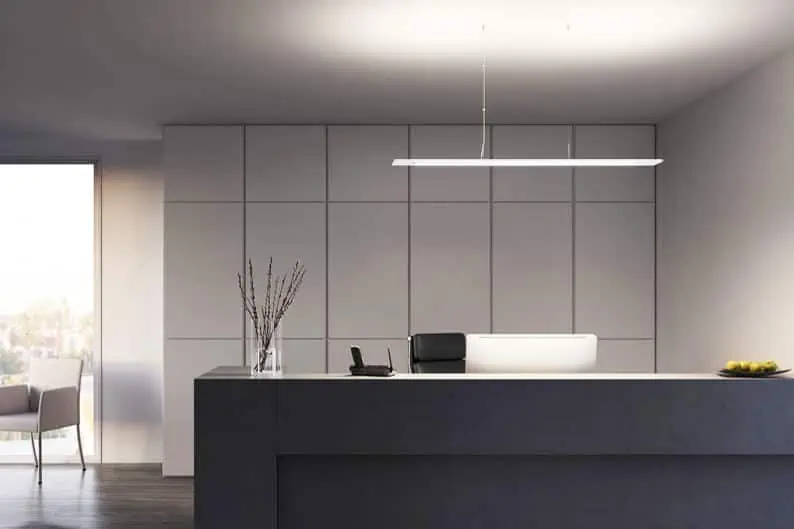
Direct Lighting Vs. Indirect Lighting- Which One Is Better?
Though indirect lights are expensive, they are still better than direct lighting in many ways. Read the below section to know why-
- Direct lighting focuses the light beams on a specific area. So, they create hotspots at the center, producing hash and uneven lighting. But, indirect lighting diffuses in an ample space. As a result, they make even and smooth lighting without forming hotspots.
- The light source remains hidden in indirect lighting. So the light doesn’t cause stress on the eyes. Instead, they create a cool and smooth atmosphere. But, a direct light source hangs downward, glaring in a particular direction. So, it causes stress to the eye to look toward the lighting source.
- Direct lighting gives cheap, studio-like fake lighting. But indirect lighting provides natural lighting, similar to sunlight. So, you get better visibility and detailing with indirect lighting.
- Indirect lighting is clean and gives your decoration a classy and modern approach. But direct lighting looks more traditional.
- Regarding energy uses, indirect lights use LED strips that save energy. In contrast, fluorescent bulbs used in direct lighting consume more power. So, indirect lights can save you electricity bills.
So, for all these reasons, indirect lighting is better than direct lighting.
Types Of Lighting Schemes
Lighting schemes are divided into five types. These are as follows-
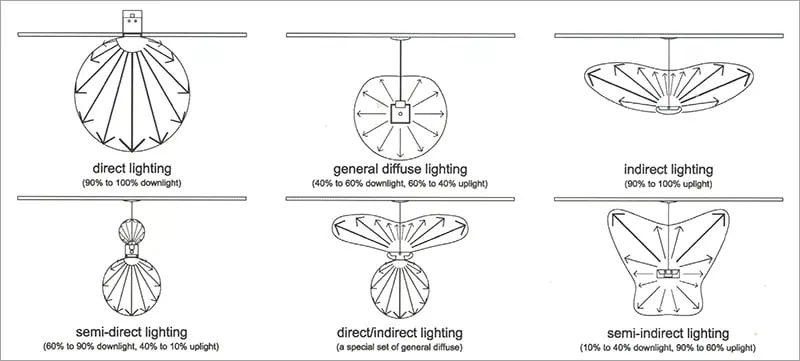
Direct Lighting
Direct lighting emits up to 90% of light in the downward direction. The curved reflecting surface at the top absorbs the rest 10% of the rays in the upward trend.
Semi-Direct Lighting
In semi-direct lighting, 60% – 90% of lights fall in the downward direction. And about 40%-10% of light directs in an upward trend. Such lights are used in offices, hospitals, or reception rooms.
Indirect Lighting
In indirect lighting, 90% of the lights illuminate upward. And the rest falls downward. Such lighting is expensive. That is why they are used for particular purposes; conventional halls, 3-star hotels, etc.
Semi-Indirect Lighting
The percentage of light emission in semi-indirect and semi-direct are the same. But the difference is in the direction. Here, 60% – 90% of light is directed upward. And the rest of the lights are directed or reflected downward.
General Lighting
In the general lighting scheme, the light spreads to all directions equally. The light of a chandelier is an example of a general lighting scheme.
FAQs
The effectiveness of lighting depends on its purpose. Such as, direct lighting is most effective for focusing on any object. But for illuminating a vast space, indirect lighting is best.
Indirect lighting diffuses in an upward direction. And doesn’t create any hotspots. So if you find such a phenomenon, then it’s indirect lighting.
No, indirect LEDs, like LED strips, don’t glare like direct LEDs. Instead, they diffuse evenly. That is why indirect LED lights don’t cause damage to the eyes.
The light beams of a spotlight focused on a specific point. As a result, it is direct lighting.
Yes, you can use indirect lighting outdoors. But for that, make sure the lights are weather-resistant. For instance, LED strips with an Ingress Protection (IP)- rating of 67 or 68 are waterproof and ideal for outdoors.
For underwater project, you can use our IP68 Neon Flex.
As indirect lights diffuse upward, it is less bright than direct lighting. Yet, by increasing the lumen rating, they can get brighter.
Conclusion
After all these discussions, you now know the differences between direct and indirect lighting. So, if you want to focus on any specific area of your room, go for direct lighting. Or else indirect light will work for lighting large spaces. Yet, you can also go for both types together for complete lighting solutions.
LEDYi provides premium-quality LED strips and LED neon flex for indoors and outdoors. So, for an indirect lighting solution, contact us soon!
